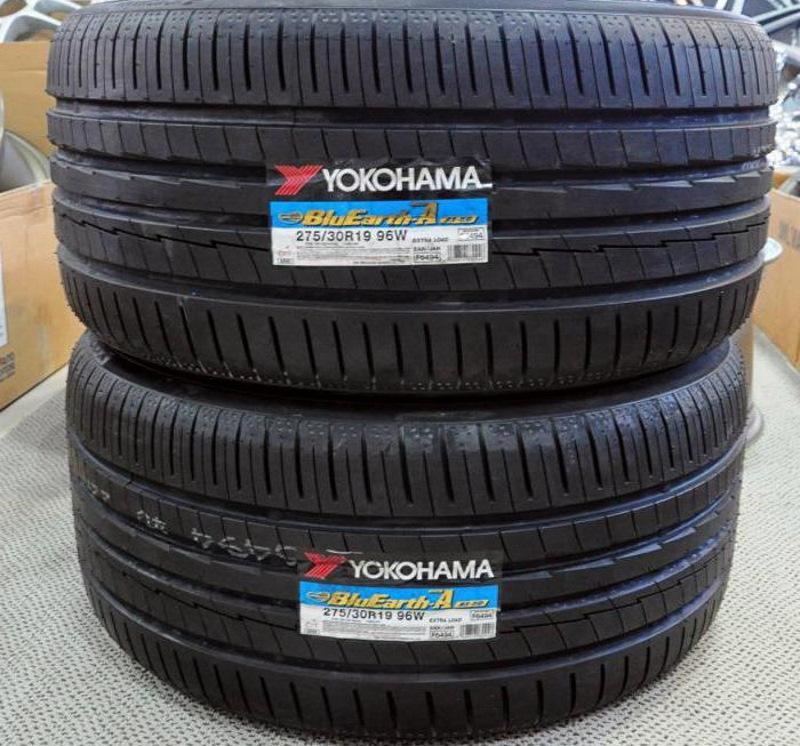
Mobile Steven from Brig
Spring comes forever. Until he wants to mess around. This time we will make a very effective model from simple materials. Let us repeat the experiment of Stevin, who discovered the phenomenon of the balance of forces on an inclined plane. Stevin Briga of Flemish in the sixteenth century was the first to build such a device. The conclusions drawn from this are relevant today. The reports do not say whether he used wood and cardboard for construction, as we did. Nevertheless, his work became the cornerstone, that is, the basis of modern statics.
Trailer Bulletstorm series - MT
Experience is that we will build a prism from a triangle. Let us place the prism horizontally on a tripod specially made for this purpose. We put a chain of 14 identical links on the prism. 2 links rest on the first side of the prism, 4 on the second. The remaining 8 links hang from below, under the third side along the length. The question is, will the top of the 2 and 4 link chain stay in balance and for how long? Or maybe the chain will begin to rotate around the prism. Do 4 links prevail over 2 links on the shorter side of the prism? Let's find out for ourselves by building our own model. You imagine the expressions on your colleagues' faces as they see the chain slowly revolving around the prism. And your individual will be invaluable! So, let's get to work immediately.
Materials make a model. Board for the base, rail, thick cardboard and a real chain. Finally, we need a chrome spray paint that will give the mobile a dramatic and professional look.
Tools: a drill, a wood saw, sandpaper, a hacksaw or a so-called diamond wire attached to the frame of a hacksaw instead of a regular blade, a vise, a hot glue glue gun, a ruler and a graphic or wallpaper knife, for example, with broken blades.
Tripod: The device is based on a board measuring 140x110x12 millimeters or similar. The base of the tripod must provide stability for its weight and size. The round vertical blade has a length of 150 millimeters and a diameter of 7 millimeters. At the base we drill a hole with a diameter equal to our bar. Glue a strip of hot glue from a hot glue gun to this hole to make a tripod. The horizontal strip is 70 mm long. Connect it to the vertical one using an additional block measuring 30x30x30 millimeters with drilled holes, as shown in the pictures. One of the holes is drilled vertically, and the other is perpendicular to the first. Everything is held in place with hot glue. During gluing, we will use a square to keep the right angles of individual structural elements. Before the glue has cooled and firmly bonded, there is a moment to fine-tune their position.
Rice. 1. Prism grid.
mobile core. Let's make it out of thick cardboard. We'll start by drawing a trapezoid mesh. Broken fold lines should be bent, which will make it easier for us to fold the cardboard in the right place. We can bend with an old pen with an empty insert. The spinning ball will precisely press the cardboard, but will not damage it. The cardboard is easily bent at the fold and glued into a neat prism with a triangular base. Finally, in one of the bases we cut a hole with a diameter of about 7 millimeters.
installation. Mount the prism with the side with the hole on the horizontal tripod element smeared with glue from the glue gun. After a while, it will stick firmly and you can start painting the model with chrome varnish. Since it is warm, painting can be done outside.
Transmission of infection it is made from a piece of chain. When it comes to the chain, don't get greedy out of favor. It is better to buy it for a penny in a hardware store. We need only fourteen chain links. The length of each link is 25 millimeters, and the width is 15. This is important, since the remaining dimensions of the structure depend on the dimensions of the links. Using a hacksaw or diamond thread, cut one of the chain links, then open it slightly and connect the chain into loops. Bend the cut link so that it is even and has no gap. While we were dealing with the chain, the painted model must have dried out and stopped smelling so bad. Finally, we are ready to play.
FUN TIME: After placing the drive chain on its prismatic core, pull it slightly to the right so that our chain motor snaps into place and finally starts to move. The links may need to be lubricated with graphite spray lubricant or possibly chain saw oil. After some time, the links slowly slide over the surface of the prism. We can see it on video.
Finale. Fine. Of course, the mobile didn't move. I was joking. EARLY APRIL certainly. The links of the chain moved only in the imagination and are primitive in animation. I know you guys didn't fall for this. For hundreds of years, especially in the Middle Ages, people tried unsuccessfully to build such and similar devices. Finally, scientists discovered the law of conservation of energy. Thus, they came to the conclusion that it is impossible to make a perpetual motion machine, i.e. a device that, without drawing energy from anywhere, will move, as well as do some work. Fortunately, fewer and fewer people doubt this truth.
In another experiment, Stevin discovered another important law of mechanics. Two connected loads balance each other on two inclined planes when their weight is proportional to the length of the slopes. Let us leave alone the statue of the mechanics of a body at rest, our silver model. Taking advantage of the beautiful weather, you can walk the dog, taking into account the problem of perpetual motion machines along the way, which is definitely impossible. I mean, it can be done, but it definitely won't work.
